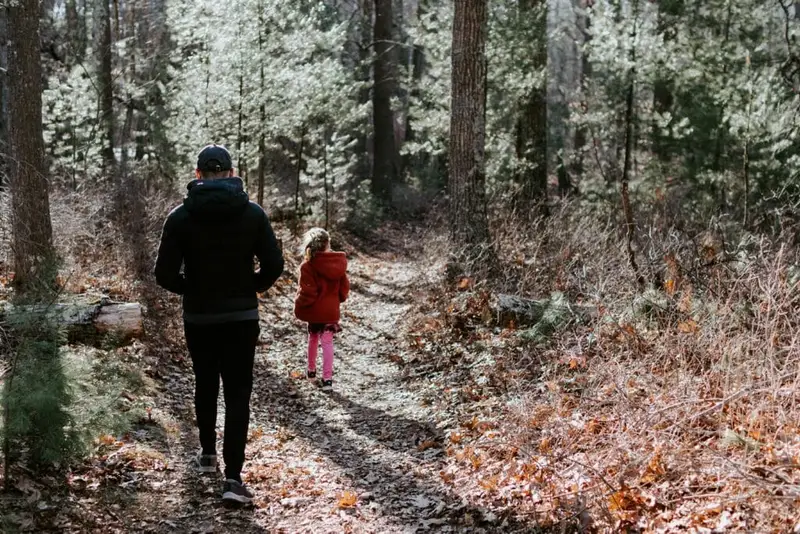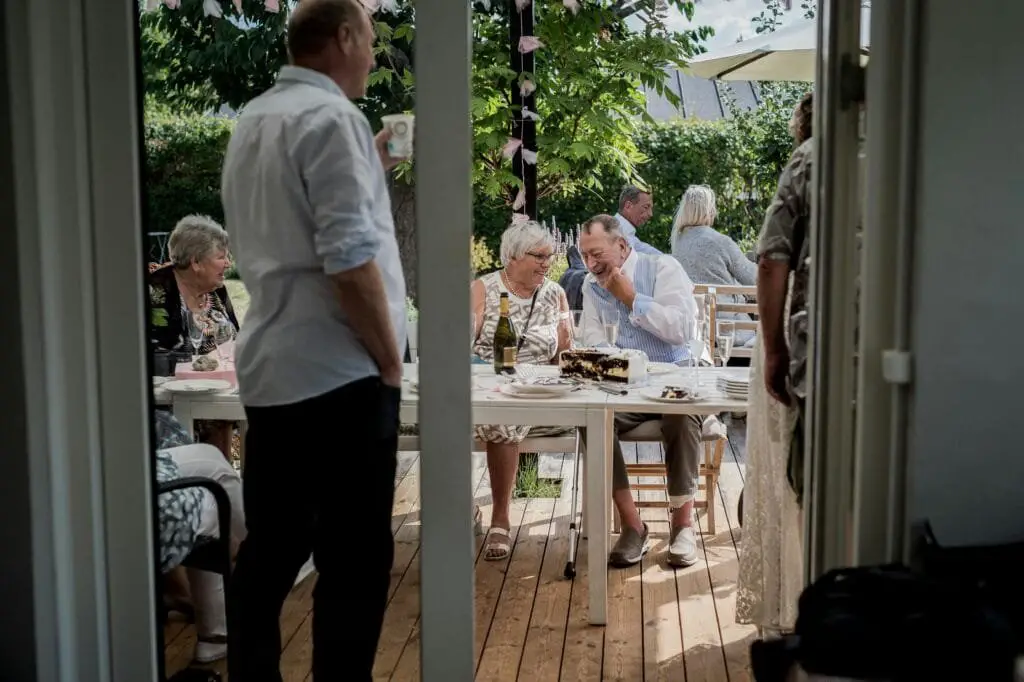1. Flipping Through Endless Vinyl Bins
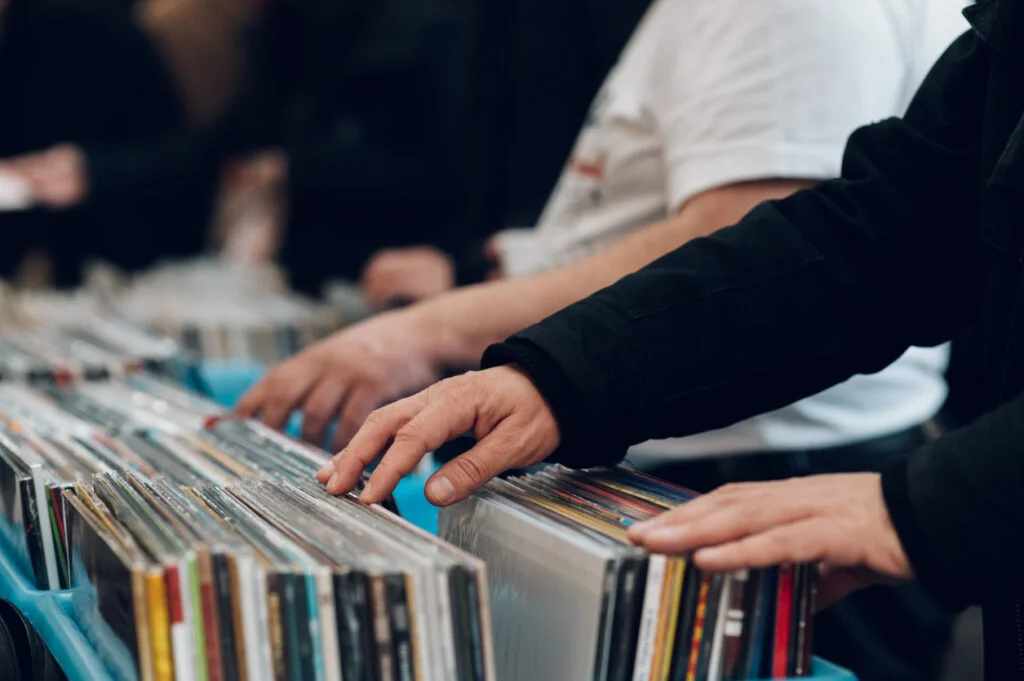
There was something oddly soothing about spending hours flipping through rows of vinyl, even if your fingers got a little dusty. The sound of records brushing together and that faint smell of cardboard sleeves mixed with incense and cigarette smoke was unmistakable. Every flip brought the chance of finding a hidden gem—a misfiled import, a forgotten B-side, or a rare colored pressing. You learned to scan album art fast, developing a radar for your favorite labels or artists.
Sometimes you’d stumble on something so obscure you had to buy it just to see what it sounded like. The thrill of the hunt was part of the fun. You weren’t just buying music—you were curating your own little museum. And when you finally left with that one special record, it felt like winning a treasure hunt.
2. The Listening Booth Experience

Before streaming previews or even decent CD samples, you had to rely on listening booths to test an album. They were usually tucked in the back, slightly dim, and always smelled faintly of vinyl and cheap carpet. You’d slip on those oversized padded headphones and hope the last person hadn’t been too sweaty. The sound wasn’t perfect, but it didn’t matter—you were hearing your potential new obsession for the first time.
Sometimes, other shoppers would hover around to catch a bit of what you were listening to. If it was good, you could feel their curiosity spark. It was a shared moment, unspoken but real. That little booth was your private concert hall for a few magical minutes.
3. Handwritten Staff Picks

Every good record store had a “staff picks” section, usually scribbled in marker on index cards. The notes would range from insightful reviews to downright hilarious rants about why you had to hear this obscure post-punk album. It gave the store character and made it feel like you were getting recommendations from friends instead of salespeople. Sometimes you’d buy something just because the clerk’s handwriting made it sound like a religious experience.
Those recommendations helped shape your taste more than any magazine could. And when you came back later to talk about it, they’d remember. That sense of community kept people loyal long before algorithms existed. It was word-of-mouth in its purest form.
4. The Wall of New Releases

Every Tuesday, the wall of new releases would be restocked, and fans would rush in to grab the latest album before it sold out. The covers gleamed under the fluorescent lights, promising fresh soundtracks for your next few weeks. Sometimes there’d be lines outside the door if a major artist was dropping something big. You’d pick up the record, turn it over, and read every credit before you even bought it.
Half the excitement was just holding it, knowing it was finally out. Clerks would play snippets over the speakers to hype the mood. And everyone in the store shared that same electricity, as if the whole week revolved around that wall. It was the heartbeat of the ’80s music scene.
5. Long Conversations with Clerks
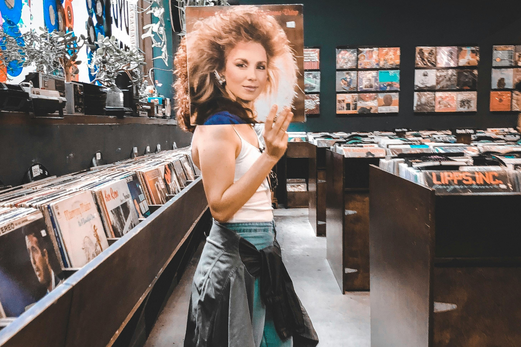
Record store clerks weren’t just employees—they were part therapist, part music historian. You’d come in looking for one thing and leave with three albums you didn’t know you needed. They always had strong opinions, too, sometimes roasting your choices but always meaning it with love. Their encyclopedic knowledge made every visit an education.
You’d talk about everything from which pressing sounded better to what shows were worth seeing that month. And if they liked you enough, they might let you in on a secret shipment or save you a rare copy. Those chats made you feel like you belonged to something bigger than just a store. It was a club where taste and passion mattered most.
6. Cassette Single Displays
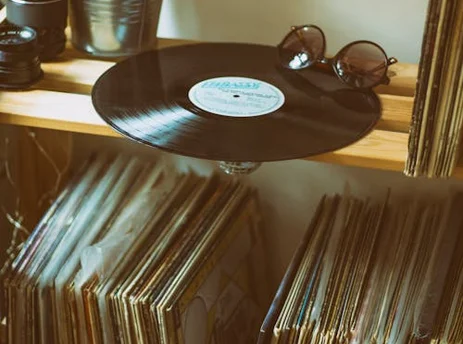
Before digital downloads, cassette singles—or “cassingles”—were a big deal. They were cheap, portable, and a perfect way to grab that one song you couldn’t stop hearing on the radio. Stores would display them near the counter, usually in those clear rotating racks that clicked when you turned them. You’d flip through titles, sometimes buying two or three for the price of one LP.
They were perfect for mixtape lovers who wanted to craft the perfect soundtrack. Sometimes you’d find unreleased B-sides or live tracks that never made it to the album. Collecting them became a mini obsession for true fans. And if you lost one under your car seat, you’d immediately regret it.
7. The Soundtrack Sections
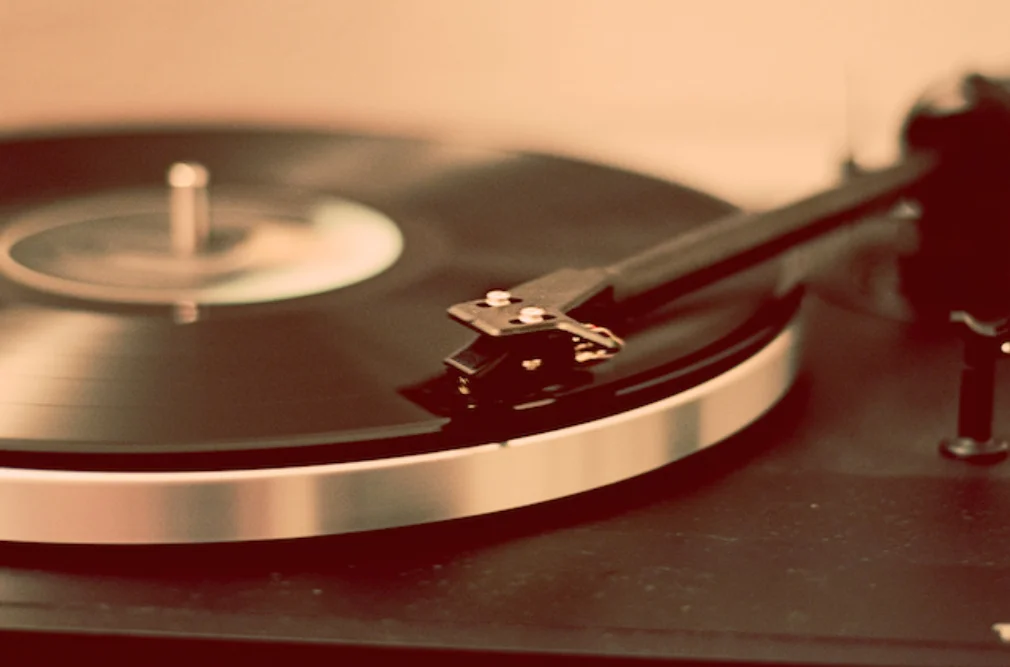
Every good record store had a soundtrack section where movie lovers and music nerds collided. You could tell a lot about someone by what soundtrack they gravitated toward—whether it was Pretty in Pink, Top Gun, or The Breakfast Club. The covers alone were like time capsules of ’80s pop culture. Flipping through them felt like reliving your favorite movie moments in stereo.
Sometimes the songs weren’t even in the movie, which made discovering them even more fun. Soundtracks introduced people to new artists long before Spotify playlists did. You might have come for one song but left with a whole new obsession. It was like taking a piece of Hollywood home.
8. Import Sections from the UK and Japan

Finding the import bin was like discovering a secret world. The prices were higher, but the album art was different, and sometimes the songs weren’t even available in the U.S. yet. UK imports often came with cool gatefolds or bonus tracks, while Japanese versions had crisp sleeves and those neat obi strips. You felt like a real insider grabbing one.
Friends would crowd around to check it out, like you’d smuggled something special across borders. These finds made you feel worldly before you’d ever left your hometown. And if you were into New Wave or punk, imports were essential. It was music as passport, and you were collecting stamps.
9. The Smell of Shrink-Wrapped Vinyl
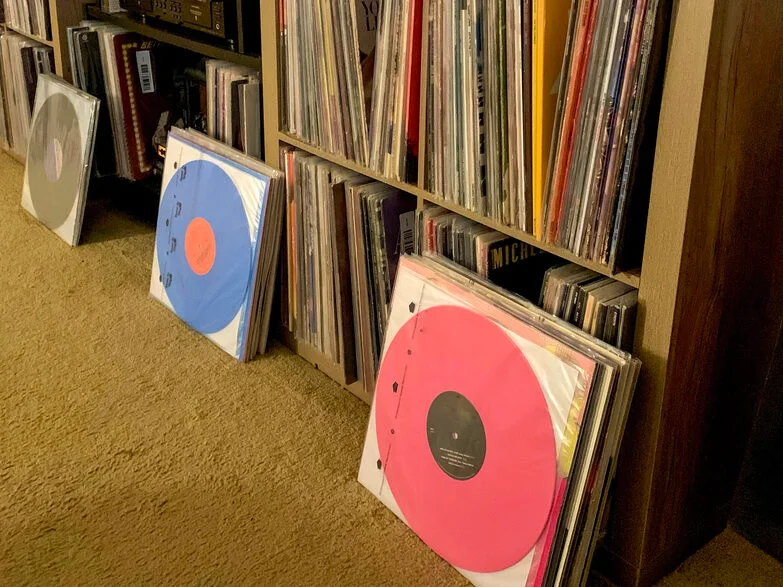
You never forget the smell of fresh shrink wrap mixed with cardboard and plastic—it was the scent of new music. Peeling that wrap off felt ceremonial, like unwrapping a present. You’d slide the record out carefully, checking the sleeve for lyrics or hidden messages. The static crackle as you placed it on the turntable made your heart race a little.
It wasn’t just about sound; it was about the ritual. Holding that brand-new LP made you feel connected to the artist in a tangible way. And even if the record skipped once or twice, it still felt perfect. It was all part of the charm that made owning music feel real.
10. In-Store Performances

Some of the best concerts you ever saw weren’t in arenas—they were in cramped record stores. Bands would play right between the aisles, often using borrowed amps and folding stools. You could stand just feet away from your favorite artist, which felt surreal. The energy was different, more intimate and raw.
Afterward, they’d sign your record, and that copy instantly became priceless. Sometimes you’d meet fellow fans and make friends you’d see again at future shows. These events turned ordinary shopping trips into lifelong memories. They reminded you that music was meant to be shared up close.
11. Scavenging Through Bargain Bins

Every store had a bargain bin filled with misfits and flops that didn’t sell, and that’s exactly what made them irresistible. For a few bucks, you could take a chance on something totally random. Sometimes you’d find surprisingly great records hiding there, the kind that became secret favorites. It taught you not to judge an album by its cover—though the bad covers were part of the fun too.
Flipping through those bins felt like treasure hunting on a budget. You’d leave with a stack of “why not?” purchases that made your collection more personal. And once in a while, one of them turned out to be gold. It was proof that discovery mattered more than hype.
12. Waiting Weeks for Special Orders
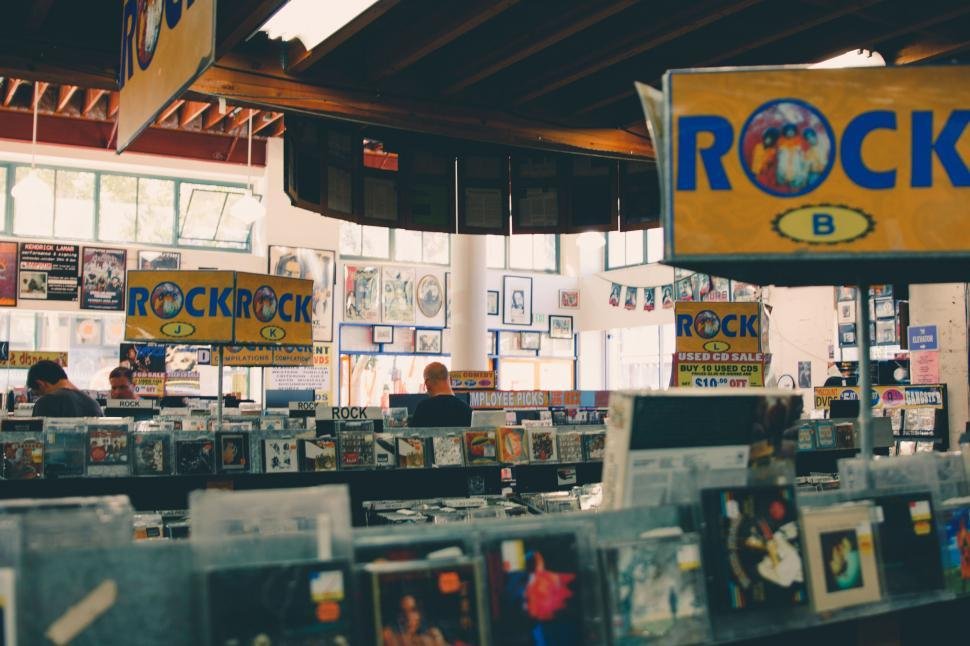
Before overnight shipping or instant downloads, getting a special-order album was an exercise in patience. You’d fill out a little form, hand it to the clerk, and hope they could track it down. Then came the long wait—sometimes weeks—until the call finally came in. Picking it up felt like a mini celebration.
The moment you held that long-awaited record, it felt worth every day of waiting. There was something deeply satisfying about earning your music through patience and anticipation. That first listen always hit differently after the buildup. It reminded you why the journey to find music mattered as much as the music itself.
13. Decorating Your Bedroom with Album Posters
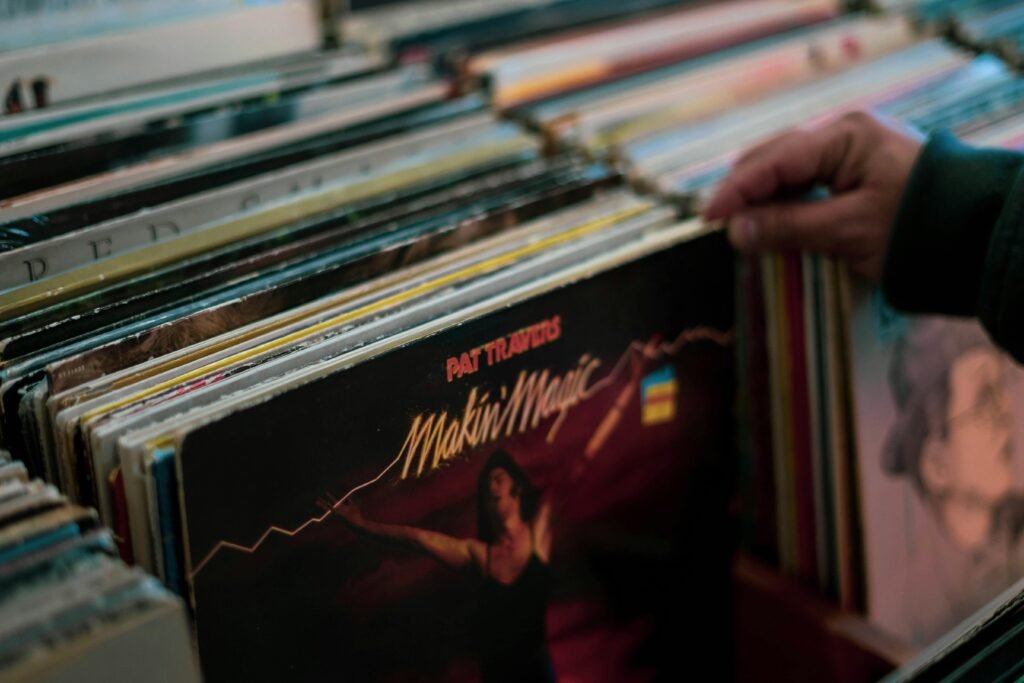
When you bought a record in the ’80s, you didn’t just get the music—you got the art. Many albums came with fold-out posters, lyric sheets, or glossy inserts that practically begged to be pinned on your bedroom wall. Record stores knew this, so they often plastered their own walls with band promos that customers would beg to take home.
If you were lucky, a cool clerk would hand you a promo poster for your favorite band after taking it down. Those posters became badges of identity, proof of who you were and what you loved. Your room turned into a shrine of vinyl heroes staring down from the walls. It was a pre-Instagram way of curating your aesthetic, one album at a time.
14. Finding Bootleg Recordings
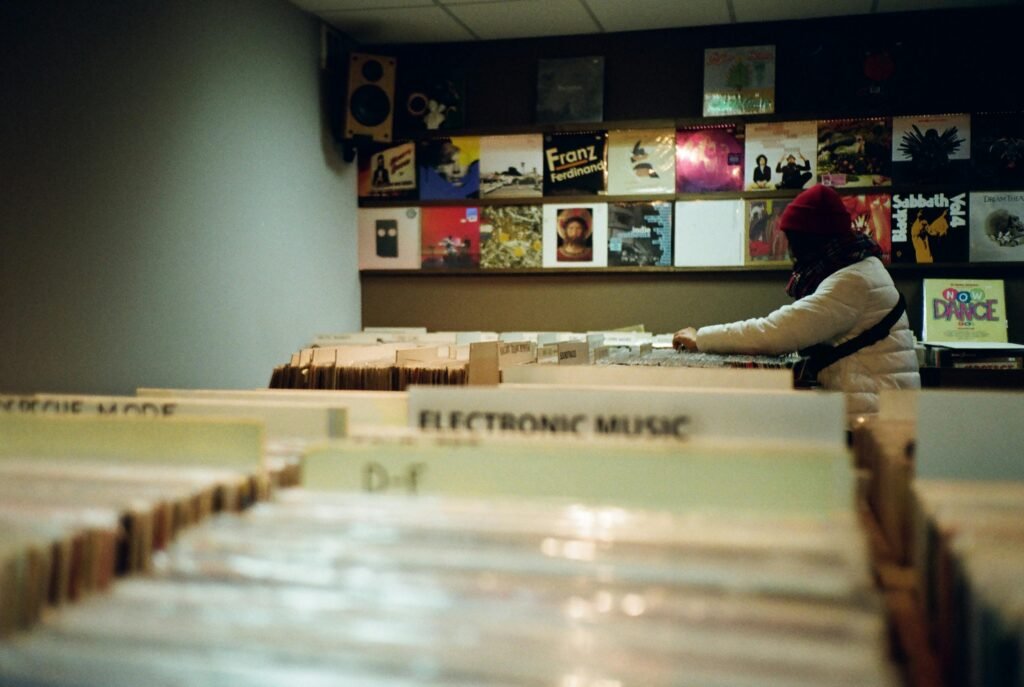
There was always that one dusty corner or mysterious backroom shelf where you could find the bootlegs. They were usually live recordings or unreleased demos, often with grainy black-and-white covers and no label. You knew they weren’t exactly official, but that only made them cooler. For diehard fans, finding one felt like unlocking a secret.
Sometimes the sound quality was rough, but you didn’t care—you were hearing something the general public wasn’t supposed to. You’d listen closely for crowd noise or alternate lyrics and brag about it to your friends. Bootlegs made you feel like part of an underground club of true devotees. It was music with a whisper of rebellion attached.
15. Reading Through Music Magazines at the Counter

Right by the register, you could always find stacks of Rolling Stone, Creem, or Spin, their glossy covers flashing headlines about Prince or Madonna. You’d flip through them while waiting in line, absorbing interviews and reviews before you even paid for your record. The photos were bold, the writing was opinionated, and the attitude matched the times perfectly.
Sometimes you’d even buy an issue just because of a single quote or cover story that stuck in your head. The magazines and the records went hand in hand—each feeding your obsession. They were your connection to the larger world of music when MTV wasn’t enough. That ritual of browsing the rack felt as essential as the music itself.
16. Trading and Selling Used Records

When you ran low on cash, the used section was your best friend. You could bring in a stack of old records, get a few dollars in store credit, and walk out with something fresh. The buyback counter always had a line of people, each clutching milk crates full of music from another phase of their life.
There was a special satisfaction in finding someone else’s castoffs that became your new favorite record. Every used album told a story—creases, initials, even cigarette burns on the sleeve. The exchange made music feel like part of a living cycle, constantly rediscovered and reborn. It was recycling before anyone used the word.
17. Hunting for 12-Inch Remixes
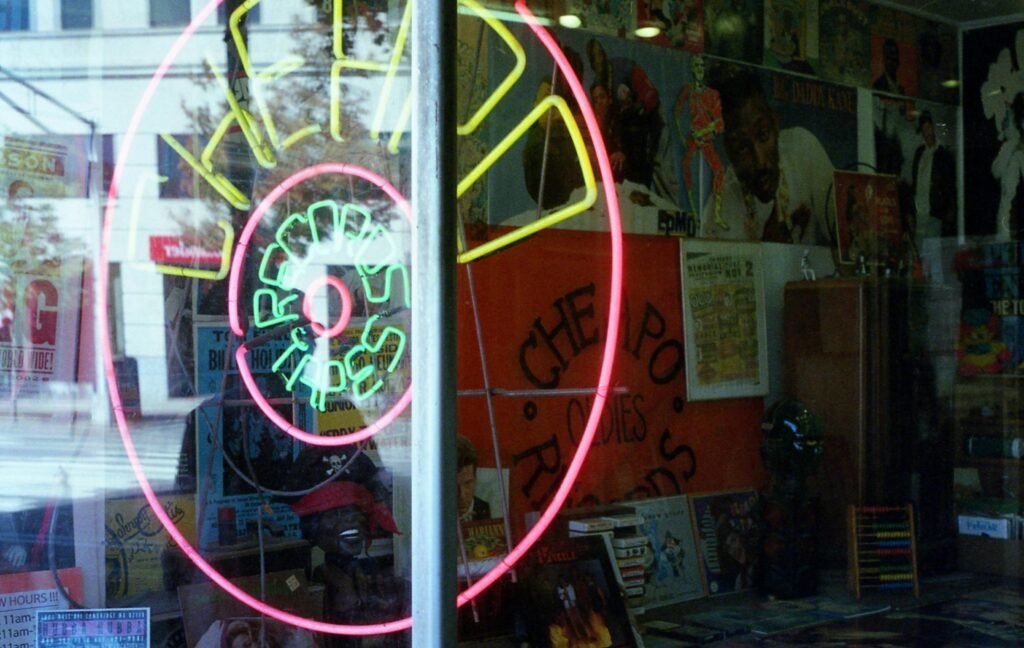
If you were into dance or new wave, the 12-inch single was the holy grail. Record stores often had whole racks dedicated to them, filled with extended versions, dub mixes, and alternate takes. DJs and collectors would swarm these sections, flipping through with lightning speed. You could lose an hour there and not even notice.
The thrill was in finding a remix that sounded completely different from the radio version. Sometimes you’d stumble on one so good it felt like discovering a new song altogether. Bringing it home meant your next party or tape swap would be a hit. The 12-inch section was where the beat-driven heart of the ’80s pulsed loudest.
18. Joining the Store’s Loyalty or “Frequent Buyer” Club
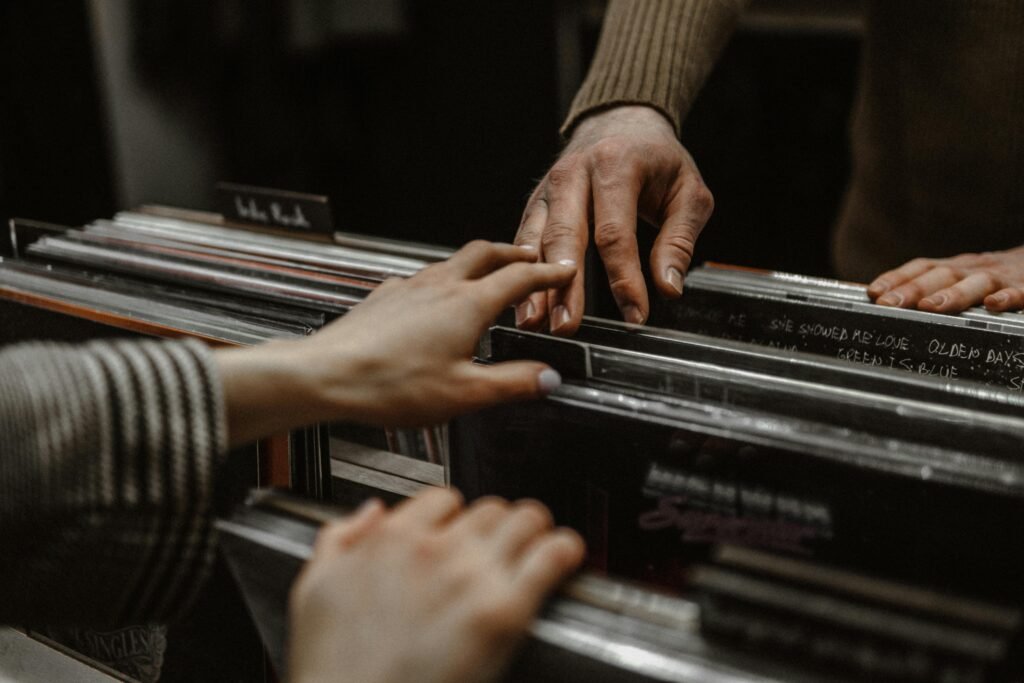
Some record shops had punch cards or membership lists that made you feel like part of an elite club. Buy ten albums, get one free—it was the perfect excuse to come back again and again. Clerks would slide your worn card from a drawer behind the counter, often with doodles or coffee stains marking its age.
It wasn’t just about discounts; it was about belonging. Seeing your name on that list meant you were a regular, someone who cared about music enough to show up week after week. Sometimes you’d even get early access to sales or listening parties. It was the analog version of having a playlist—proof you were a real fan with roots in the stacks.

